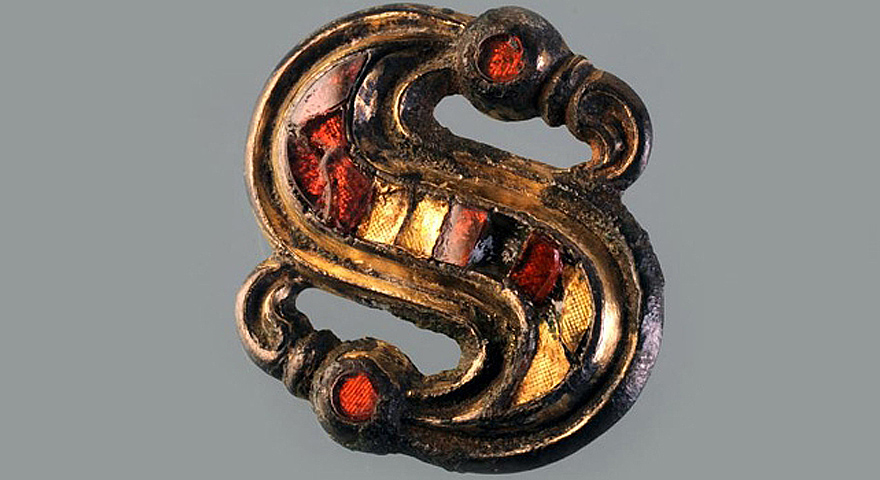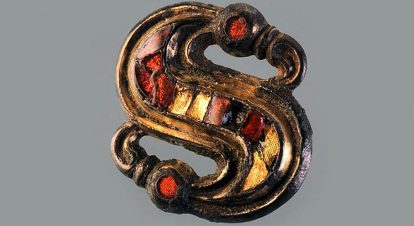
The excavations in the area of Villa Clelia, which is situated in the north-west area of Imola, have uncovered an extraordinary monumental complex which is a fundamental reference in understanding the historical events between the late Roman era and the early medieval times of Imola and its territory.
The most important discoveries in chronological order have been:
- numerous tombs of the late Roman era around the IV and V century BC, which were part of a vast necropolis which extended on both sides of the Via Emilia on the north-west part of the town of Forum Cornelii;
- walls that belonged to a large early Christian basilica, probably built in the V century BC, which was dedicated to San Cassiano, since it was built over the presumable burial area of the martyr;
- the brick paved portal built next to the basilica;
- the numerous early medieval burials in one of which, a rich funeral outfit of jewels probably belonging to an upper class Germanic woman, were discovered;
- the remains of a moat and various wall structures which belonged to the inhabited medieval centre of San Cassiano. This village was constructed around the Bishop’s residence and afterwards it was fortified from the XI century and was called Castrum Sancti Cassiani. It entered in conflict with the neighbouring town of Imola many times and was eventually destroyed.
Last Updated: 01/08/2020

